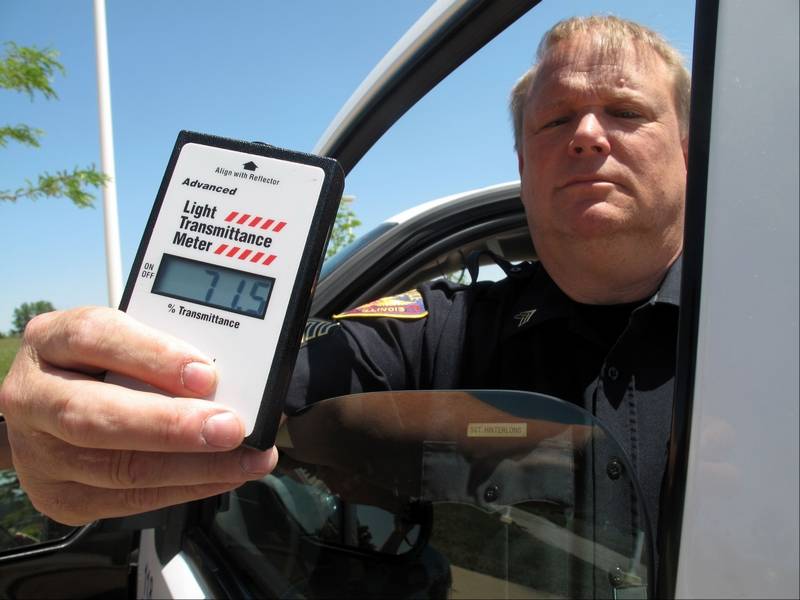Texas Window Tinting Laws
Window tint laws in the great state of Texas are very specific. Every state in the United States has its own percentage of darkness and reflection that your car windows are allowed to have, but also other specific regulations you may need to know about.
Below is all relevant information for tinted windows in Texas.
Window tint darkness
The amount of light passing through your car windows is measured in percentages (called VLT). Texas window tinting laws have different regulations for passenger and multi-purpose vehicles. Make sure to read these laws carefully and check which apply to your vehicle.
Texas window tint laws specify the following:
- Windshield may only have top 5 inches tinted with 25% VLT.
- Front side windows must pass through more than 25% of light inside your car (25% VLT).
- Back side windows can have 25% VLT on passenger vehicles, but can have any darkness on multi-purpose vehicles (MPV).
- Rear window can have any darkness.
Quick info: VLT stands for Visible Light Transmittance. 25% VLT means 25% of total light must pass through windows, or no more than 75% of total light may be blocked.
Passenger vehicles and MPV – Multi-Purpose Vehicles have different back side window tint restrictions. If in doubt about your vehicle type, find a federal ID label located on door frame next to driver’s seat. MPV includes buses, vans, and SUVs.
Sources:
- Texas Department of Public Safety – Window Tinting Standards
- Texas Administrative Code (Title 37, Part 1, Chapter 21, Rule §21.3 – Standards for Sunscreening and Privacy Window Devices).
Window tint reflection
Texas does not allow using tinting film with any mirrored or metallic appearance above 25% reflection on any windows.
Some tinting film can reflect incoming light, which can further reduce glare and heat. Reflective surfaces can be distracting and dangerous for other drivers, and it’s always best to avoid tint with any higher than normal reflection.
Side mirrors
If your rear window is tinted below 25% VLT, you must have dual side mirrors on your vehicle. Rear window tint above 25% VLT does not legally require left and right exterior rear view mirrors.
Restricted tint colors
Texas window tint laws restrict the color of tinted windows. It is not legal to use colors red, blue or amber. These colors are generally banned in most states to avoid confusion with emergency vehicles.
Medical exemptions
Some US states allow different window tint percentages due to specific medical conditions. You can submit an application to use darker window film in case of medical conditions such as porphyria, xeroderma pigmentosa, or severe drug photosensitivity.
With medical exceptions, Texas allows up to 5% window tint on windshield’s AS-1 line (top 5 inches), or any tint darkness on other windows. Driver or other exempt passenger must always have this statement in their possession while the vehicle is in operation.
Medical exemption certificates were previously issued by Texas Department of Public Safety. However, this regulation was changed in 2019, and you now only need a written and signed medical exemption statement from a licensed physician.
Other privacy devices
Texas tint laws permit using drapes, blinds, curtains, or other similar window coverings only on back side windows.
Window film certificate
All window tinting film manufacturers must certify their products with Texas Department of Public Safety.
Legible label must be installed between tint film and glass only on driver’s side window. This label no longer needs to contain the name and registration number of the manufacturer. Instead, it should only say “Complies with TRC Chapter 547” (or “Complies with TTC 547.613 (b)”. All other labels are optional.
At a minimum, window tint installers must affix the label between the sunscreening device and lower rearward corner of the driver’s left side window. This label must be clearly visible and legible from outside the vehicle.
Some towns or counties in Texas may have their own special regulations about window tinting. If you’re in doubt about anything be sure to check with your local law enforcement or DMV offices.

